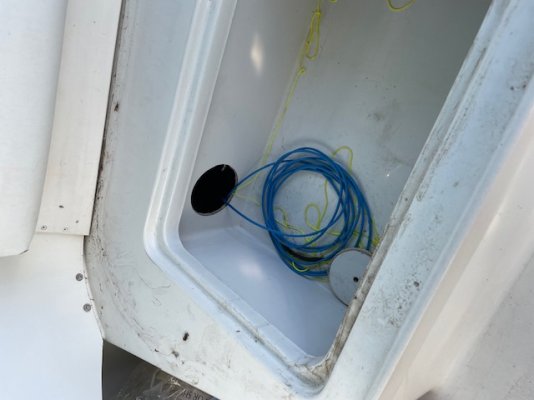Lshulan
Senior Member
- Joined
- Jan 10, 2022
- Messages
- 156
- Vessel Name
- Voyager
- Vessel Make
- Mainship 390
One of the 30amp outlets on the bow is not working, the other is fine as are the two at the stern. I’m very familiar with the breakers at the electrical panel to select which outlets are being used so I don’t think the problem is there. I’ve tried several shore power cords that are known good and that’s not the problem. I tripled checked the breakers at the bow, are there any other obvious things I should look for? Can anyone suggest how I go about trouble shooting this?


